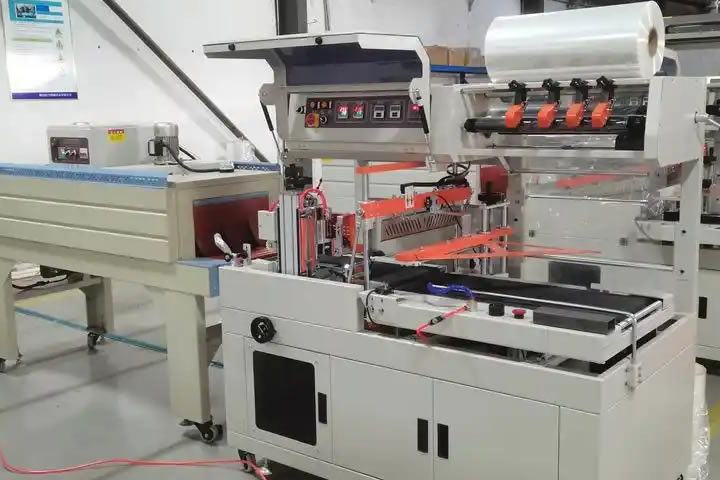"The return rate of this batch of essences has exceeded the standard again!" Wang Wei, the quality inspection supervisor, stared at the red alarm on the screen, and her fingers tapped the desktop unconsciously. The laboratory was full of bamboo fiber bottles that leaked due to poor sealing, and the air was filled with the faint bitter fragrance of lavender essence. This is the third month of a domestic plant skin care brand's transformation to environmentally friendly packaging. The problem of hot pressing between the bamboo fiber bottle cap and the PLA bottle body has brought the production line to a standstill.

Brand founder Li Ran stood in the workshop aisle, watching the workers manually remove unqualified products, frowning. "Consumers recognize our carbon neutrality concept, but no one wants to buy leaking essence." She stroked the rough surface of the bamboo fiber bottle cap - although this material is environmentally friendly, it is 20% harder than traditional plastics and is prone to microcracks during high-speed packaging. The technical team tested 7 heat sealing parameters and still could not stabilize the sealing pass rate at more than 90%.
The turning point came in the cooperation with the ply-pack factory. Equipment engineer Zhao Feng brought his team into the workshop. He opened the protective cover of the original cosmetics packaging machine and pointed the laser pen at the heat sealing mold: "The thermal expansion coefficient of bamboo fiber is 1.8 times that of PLA, and the dynamic compensation system must be redesigned."
In the virtual commissioning center of ply-pack, the 3D model of the bamboo fiber bottle cap is undergoing rigorous testing in the digital twin system. The environmentally friendly material packaging machine on the screen runs at a speed of 500 bottles/minute, and the infrared thermal imaging image shows that the temperature fluctuation of the heat sealing head is controlled at ±1.2¡æ. "Traditional debugging consumes 2,000 bottle caps for experiments, but now virtual iteration saves 82% of materials." Chen Li, director of R&D, slides the holographic projection to show the improved dual-pressure zone heat sealing module: when bamboo fiber enters the workstation, the pressure in the front section is 15% lower than normal, and the pressure in the back section is increased by 20% to compensate.
On the day the new equipment was put into production, workshop director Zhang Tao tightly grasped the intercom. The first batch of bamboo fiber bottle caps entered the upgraded environmentally friendly material packaging machine, and the robotic arm grasping accuracy reached 0.01mm. The improved low-friction bearing increased the smoothness of bottle cap transmission by 40%. "The temperature curve has been adjusted synchronously!" The operator suddenly shouted-the intelligent temperature control system sensed the increase in humidity in the workshop and automatically fine-tuned the temperature of the heat sealing head from 158¡æ to 162¡æ, perfectly offsetting the hygroscopic expansion effect of bamboo fiber.
Three months later, Li Ran saw a user comment on the e-commerce backend: "The frosted bottle cap feels so high-end, and there is no leakage during the bumpy business trip!" At this time, the environmentally friendly material packaging machine on the production line is processing 6 types of packaging such as bamboo fiber and seaweed substrate at the same time, and the digital twin system continues to optimize the parameter combination. Financial data shows that the return rate of this series of products has dropped from 23% to 0.8%, the energy consumption of the production line has been reduced by 28%, and 12 tons of plastic waste has been reduced each year.
The sunset gilded the workshop. Wang Wei walked through the brand-new quality inspection area. The mountains of returned goods disappeared, replaced by carbon neutrality certification certificates. In the rhythm of the assembly line, she seemed to hear the collision of bamboo fiber and metal molds, which was the future rhythm of green manufacturing.

